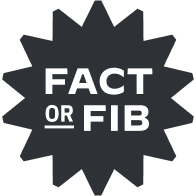| Original photo by Sergey Shik/ Shutterstock |
| Around the world, passports come in only four general colors. | Although we have virtually any color at our disposal when it comes to painting our homes, fans of offbeat hues like sarcoline or wenge might be disappointed to learn that passports come almost entirely in varieties of red, green, blue, and black. It's not like there are any color-coded rules from the International Civil Aviation Organization, which otherwise offers guidelines for machine-readable travel documents, so what's up with the universally restricted palette?
According to Passport Index co-founder Hrant Boghossian, there are a variety of cultural and symbolic influences behind a country's choice of passport color. Islamic states use green, for example, given the color's strong ties to the prophet Muhammad. Elsewhere, members of the European Union (and EU hopefuls such as Turkey) display unity via passports in the off-red color of burgundy. There are also practical reasons in play, including the relatively limited color choices available for cardstock used to make the booklets. And passports issued in dark blue (like the U.S.'s) or black are less likely to show obvious signs of wear.
Despite the general uniformity in this department, administrative powers around the world have found avenues for personalized expression. Newer passports of the United States, Canada, Norway, and China all feature designs that glow under ultraviolet light. And those of Finland and Slovenia offer a dash of fun with flipbook-style animations. So remember, don't judge a book by its cover, even when it comes to jet-setting documents.
|
|
 | | King Charles of the United Kingdom does not require a passport for traveling abroad. | | |
|
|
| King Charles of the United Kingdom does not require a passport for traveling abroad. |  |  |
|
|
|
|
|
0 Comments:
Post a Comment
<< Home